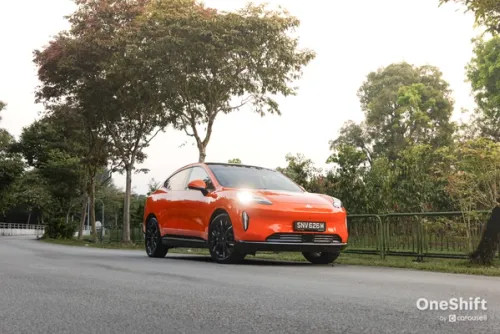BMW i leading the future in personal mobility
BMW recently unveiled an ambitious plan to revolutionizing the way electric cars are driven, owned and maintained.



The construction of electric vehicles has, up to now, been based on the “conversion” approach. This involves integrating electric components into vehicles originally designed to be powered by a combustion engine, as in the case of the MINI E and BMW ActiveE test cars.
However, this form of automotive electrification involves making complex modifications throughout the vehicle and therefore increasing its weight considerably. That is because the electric drive components place totally different demands on a vehicle when it comes to installation space and cannot be integrated into that vehicle without adding weight and compromising interior and boot space. Conversion cars thus do not represent the best long-term response to the challenge of e-mobility.
The BMW Group engineers took a different approach, focusing squarely on the eventual usage of the BMW i vehicles in developing the LifeDrive concept. This new vehicle architecture meets the full range of technical requirements of an electric drive system (including a large battery), while keeping weight low, maximising range, creating generous levels of space, enabling supreme driving characteristics, and ensuring impressive safety for the battery and passengers alike.
In contrast to vehicles with a self-supporting body, the LifeDrive concept essentially comprises two separate, independent functional units. The Drive module integrates the vehicle’s suspension, battery, drive system, and structural and crash functions into a construction made chiefly from aluminium. Its partner, the Life module, consists primarily of a high-strength and extremely lightweight passenger cell made from carbon fibre-reinforced plastic (CFRP).
The use of this high-tech material across large sections of the car ensures that the Life module is remarkably light and, in doing so, helps to achieve both impressive range and improved performance. Added to which, the car’s handling is also much enhanced, and the functional connection between the Drive module and the torsionally rigid Life module lends it a very distinctive dynamic character.
The use of CFRP on this scale is unprecedented. Indeed, with the creation of its LifeDrive architecture the BMW Group has taken lightweight design, vehicle architecture and crash safety into a whole new dimension. By avoiding the need for modifications to accommodate the electric drive components, the LifeDrive architecture ensures the car is no heavier than a conversion vehicle of similar size. Intelligent lightweight design and the innovative use of materials allow the LifeDrive architecture to cancel out all the extra weight added by giving the car an electric drivetrain rather than a comparable combustion engine.
Another special feature of the BMW i3 and BMW i8 Concept are their wheels, which are noticeably larger and narrower than those of their class rivals. Slimmer tyres generate far less drag and rolling resistance, reduce unsprung masses and, through this, allow the cars to travel further on a single charge with lesser energy usage.
Credits: Story and Photos by BMW Asia Pacific


Get the Best Price for your used car
from 500+ dealers in 24 hours

- Convenient and Hassle-Free
- Consumer Protection
Transparent Process
With No Obligation








